
Dry farming: sustainable or unsustainable practice?
The term 'dry farming' refers to the cultivation of plants in a semi-arid climate without irrigation. This practice, in fact, aims to optimise the use of natural water supplies (atmospheric precipitation, neighbouring watercourses, etc.), allowing only certain crops to be cultivated: so-called drought-tolerant plants.
Dryland plants and soil type
What to grow in aridoculture? Which plants are resistant to drought stress?
We list the possibilities below.
- Arboreal crops: vines and olive trees.
- Cereal crops: rapeseed, sunflower, durum wheat, barley and oats.
- Horticultural crops: potato, onion, garlic and melon.
The type of soil that is most suitable for dryland farming is clay soil because it has an excellent water retention capacity compared to other soil types.
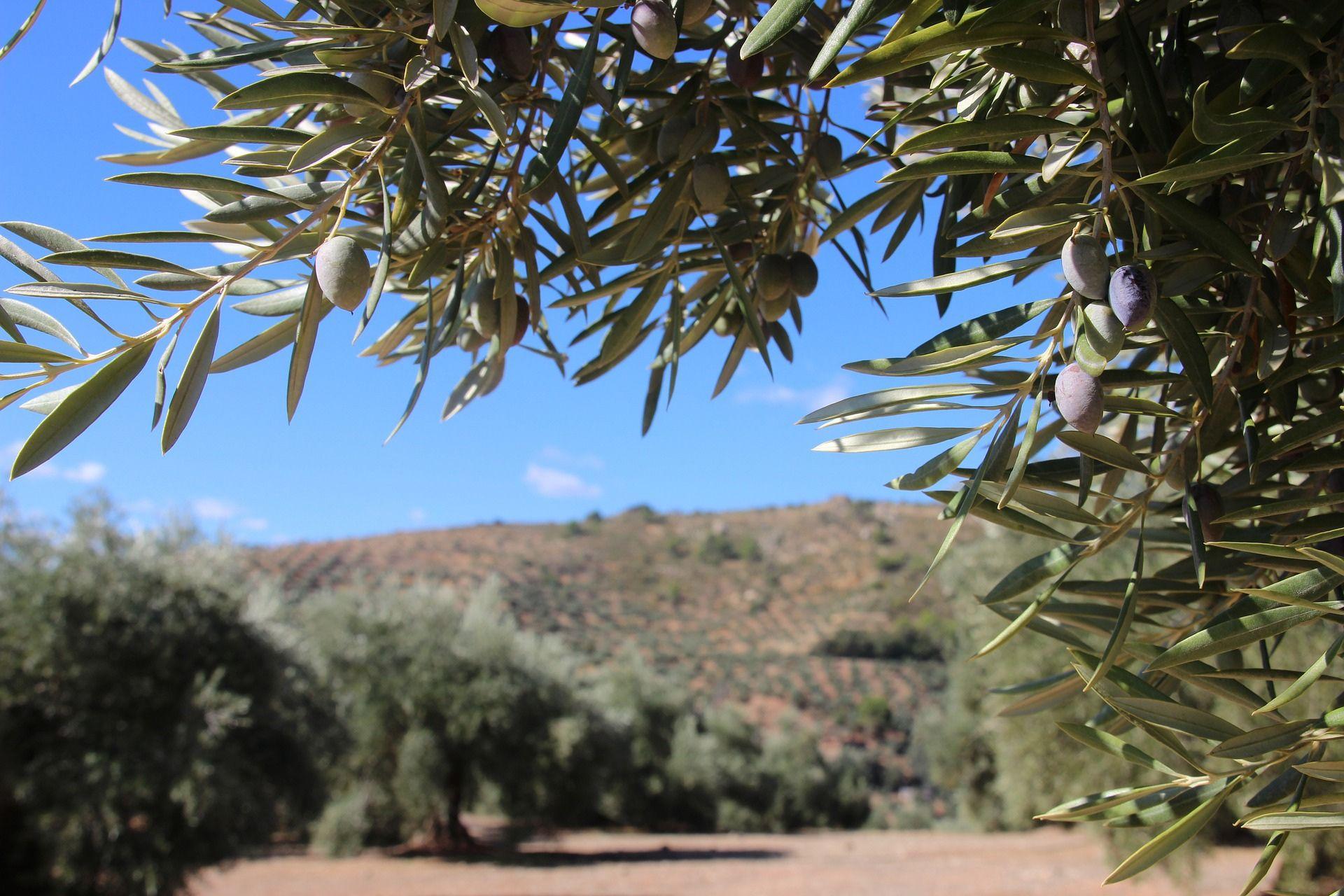
Lack of water in dryland farming and agro-environmental repercussions
Water is a precious commodity whose progressive scarcity is increasingly a planetary problem. Although the lack of water is felt differently around the world, even countries with greater water resources are beginning to suffer from it, particularly since 2022.
According to FAO data, 70% of global (drinking) water is used in agriculture. This figure makes us realise how water is a key factor for the sector and how dry farming is an often unsustainable practice in many parts of the world.
In fact, we must bear in mind that water shortages in agriculture can cause:
- lack of vegetative growth and plant death
- decrease in agricultural production and consequent unavailability of food
- reduction in the quality of agricultural products
- agricultural products of low commercial value
- poor water retention or poor soil drainage capacity
A major effect of dryland cultivation is the decline in biodiversity. While on the one hand there is water saving, on the other hand there is an environmental problem that should not be underestimated. So, can aridoculture actually be called a sustainable practice?
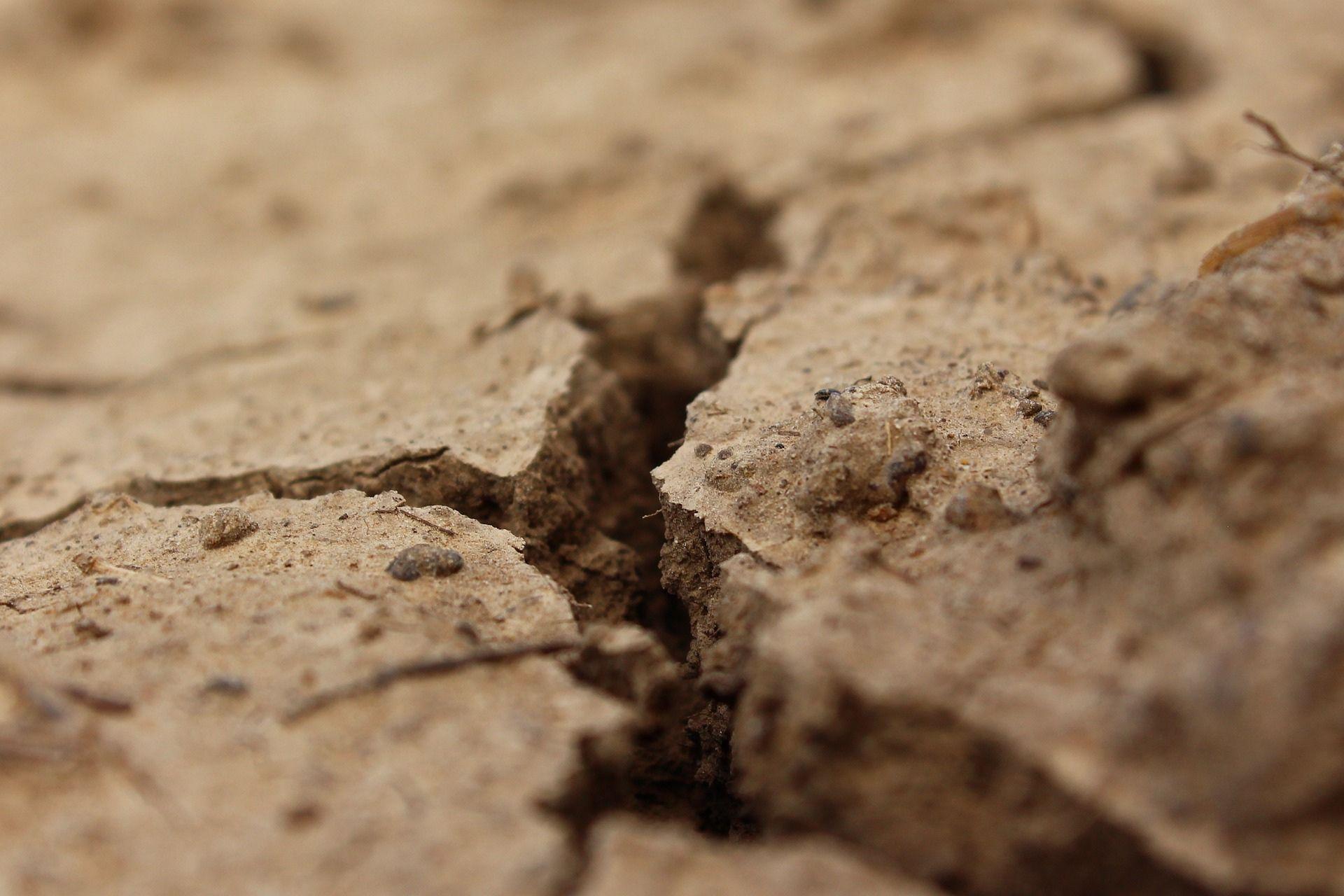
Water scarcity: how to mitigate its effects
The efficient management of water resources in agriculture requires a combination of strategies and solutions that take into account the specificities of the land and the needs of crops. Preserving water availability in the soil means avoiding losses through soil evaporation and plant transpiration.
Therefore, soil management practices that favour water retention capacity and drainage capacity are required in aridoculture such as:
- the choice of deep-rooted plant types
- direct drilling or green manure crop seeding
- covering the soil with mulch or grass to retain moisture
- administration of the BioAksxter® depolluting fertiliser
In that sense, let's dust off a test that well illustrates the usefulness of BioAksxter®:
Wheat germination test in desert sand
The Mendini formulation patented in 1981 (named BioAksxter® since 2002) has been examined by various institutions and universities in different contexts (laboratory, field, greenhouse, etc.).
Among these, we document below a germination test from 2001 conducted on treated and untreated Maestra variety wheat. The selected seed, placed on 25/09/2001 in a Petri dish with desert sand (4 g), was marked blue for untreated and red for treated.
The result is evident in the photos: the treated seed shows a distinct advantage in germination and development. Furthermore, the treated soil (desert sand) shows a higher water retention capacity (noticeable in the darker colouration) and lower water consumption (noticeable in the development of the wheat seed).
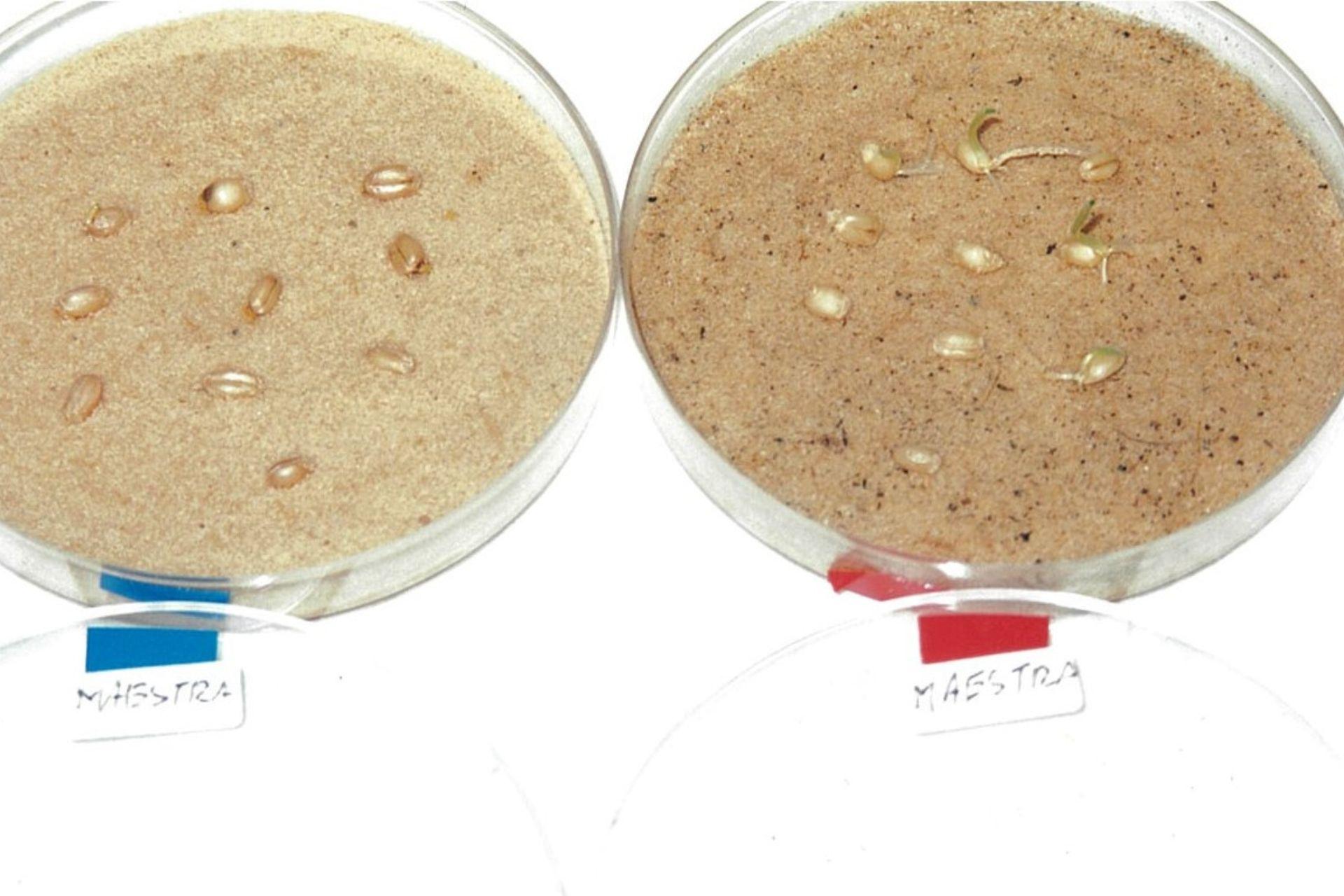
status as at 03/10/2001
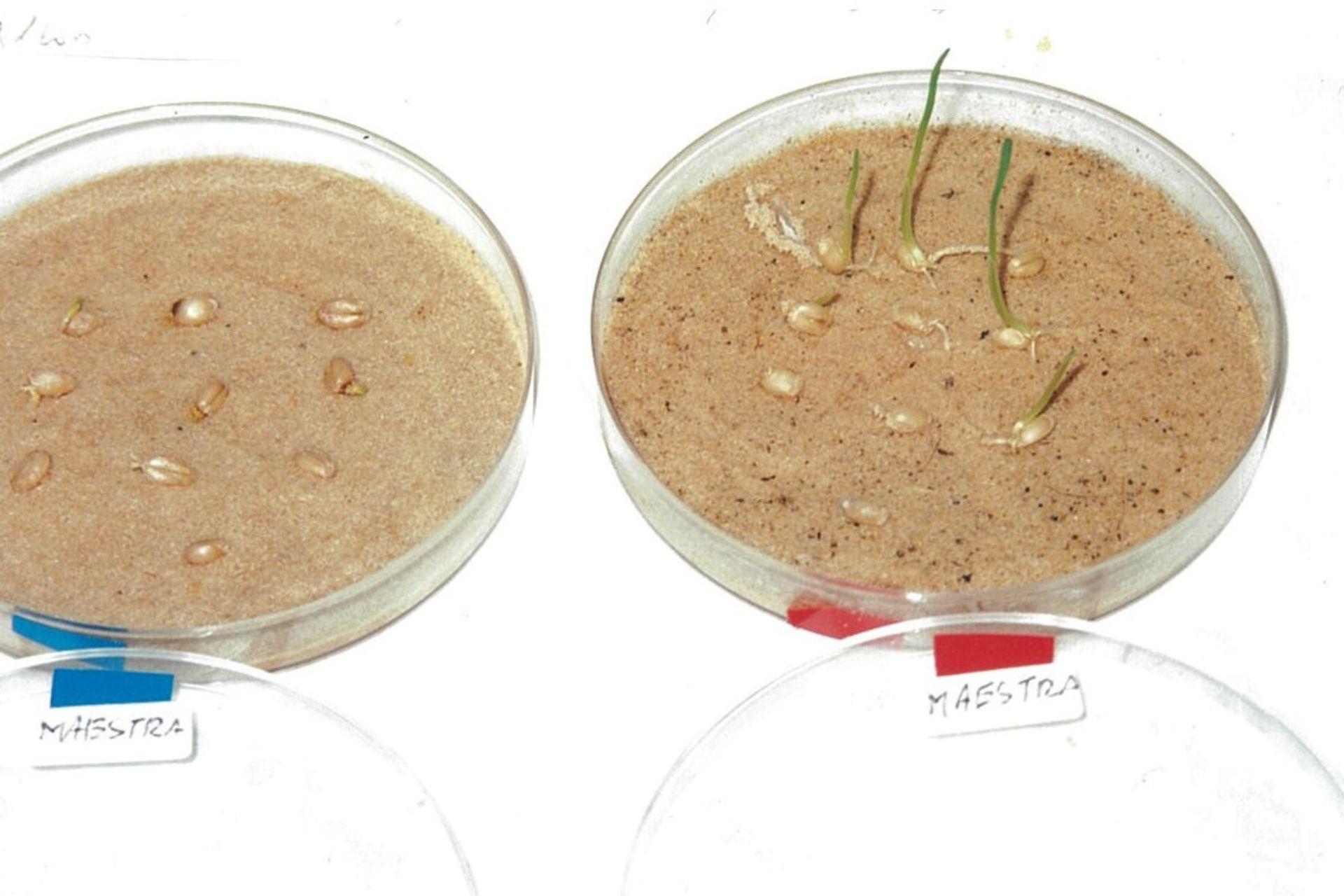
status as at 04/10/2001
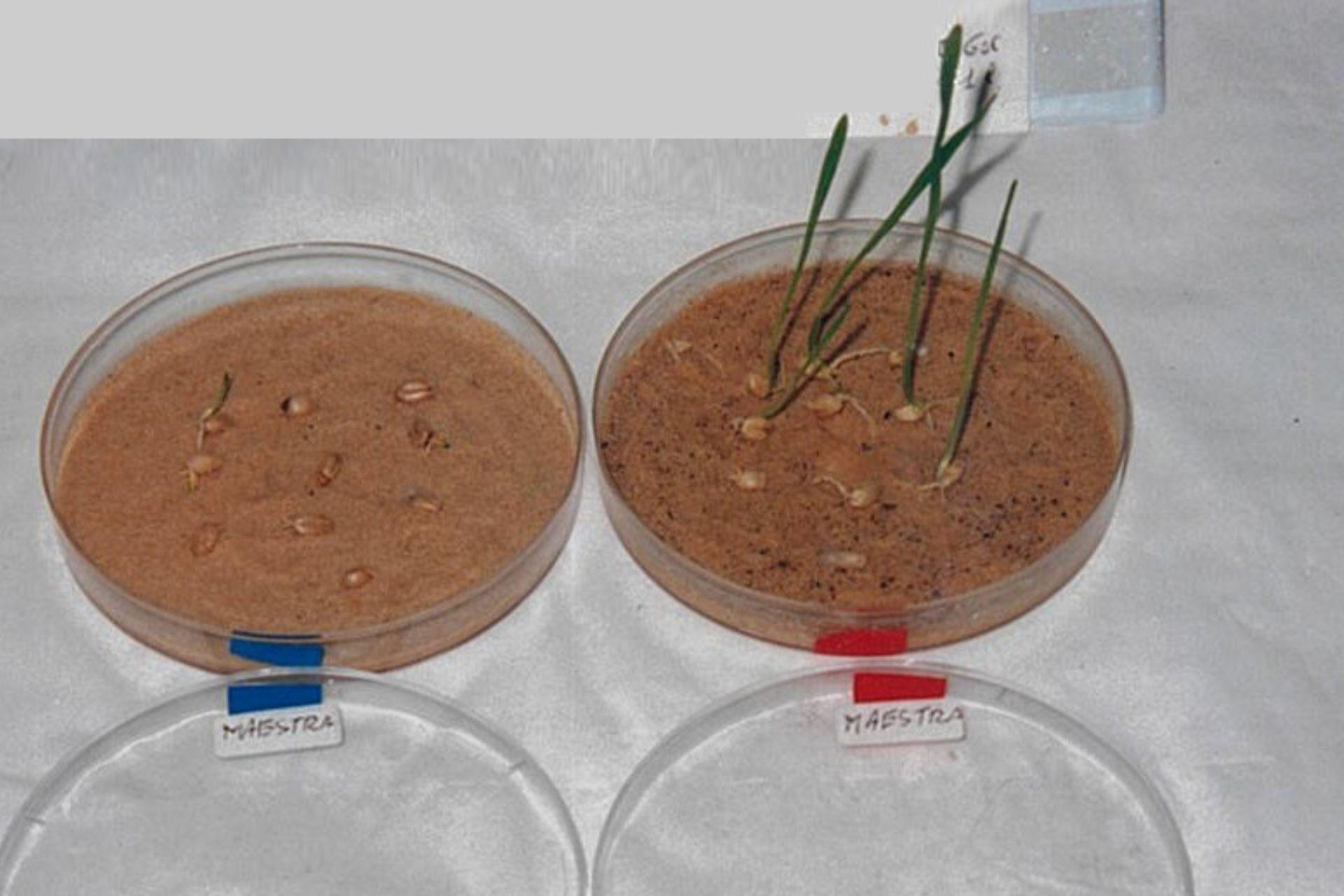
status as at 06/10/2001
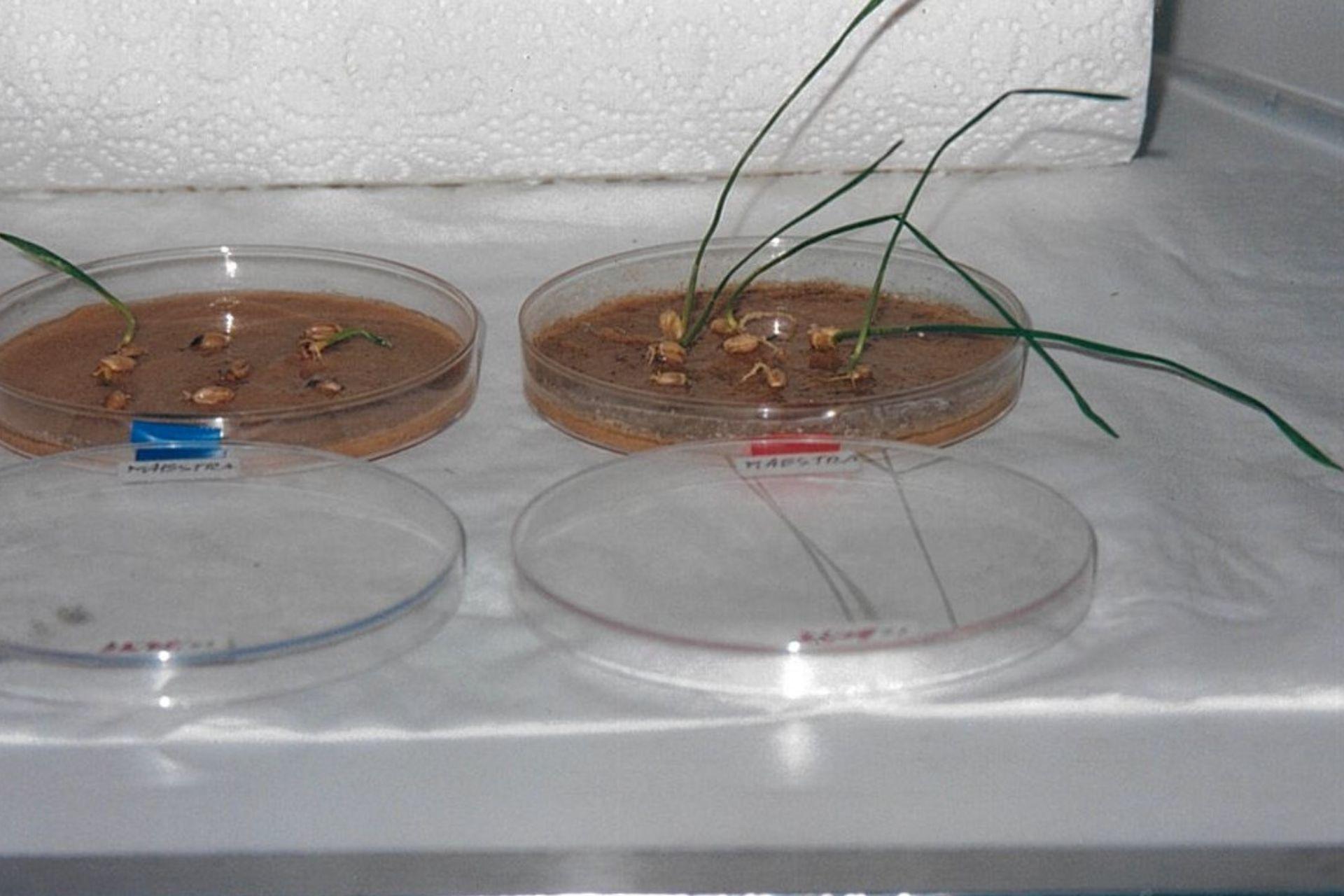
status as at 08/10/2001
Impact of climate change in dry farming
Climate change is already having a significant impact on dryland farming. In the space of a short time, one can go from extreme heatwaves to flash floods, as in Pakistan, one of the countries that practices arid farming the most. Conditio sine qua non.
In hot-arid climate zones, moreover, the irreversible phenomenon of desertification can add up.
Such situations put crops under abiotic stress, seriously compromising their productivity. Therefore, do not think that dryland yields are at their best.
In general, the effects of climate change on dryland farming can have serious consequences on local economies and consumer food security. To mitigate these effects, adaptation policies and strategies are needed that include sustainable water management, crop diversification, the use of precision farming techniques and the promotion of soil-preserving agricultural practices, starting with the agro-ecosystem repairer BioAksxter®.